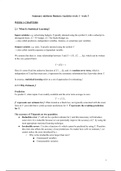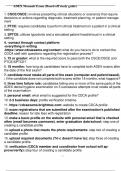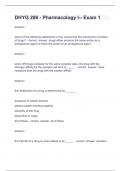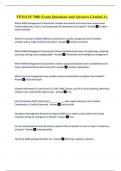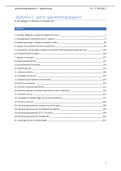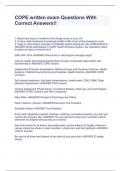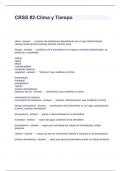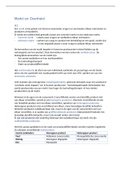Summary
Part 1 (midterm) summary Business Analytics: Week 1 - Week 3
- Course
- Institution
- Book
Summary for the midterm of the course 'Business Analytics'. Includes all the reading material for week 1, 2, and 3. Week 1 --> Read chapter 2.1-2.2. Week 2 --> Read chapter 10.1, 10.3 Week 3 --> Read chapter 3.1-3.3, 3.5 Also, check out my free summary of the knowledge clips from week ...
[Show more]
